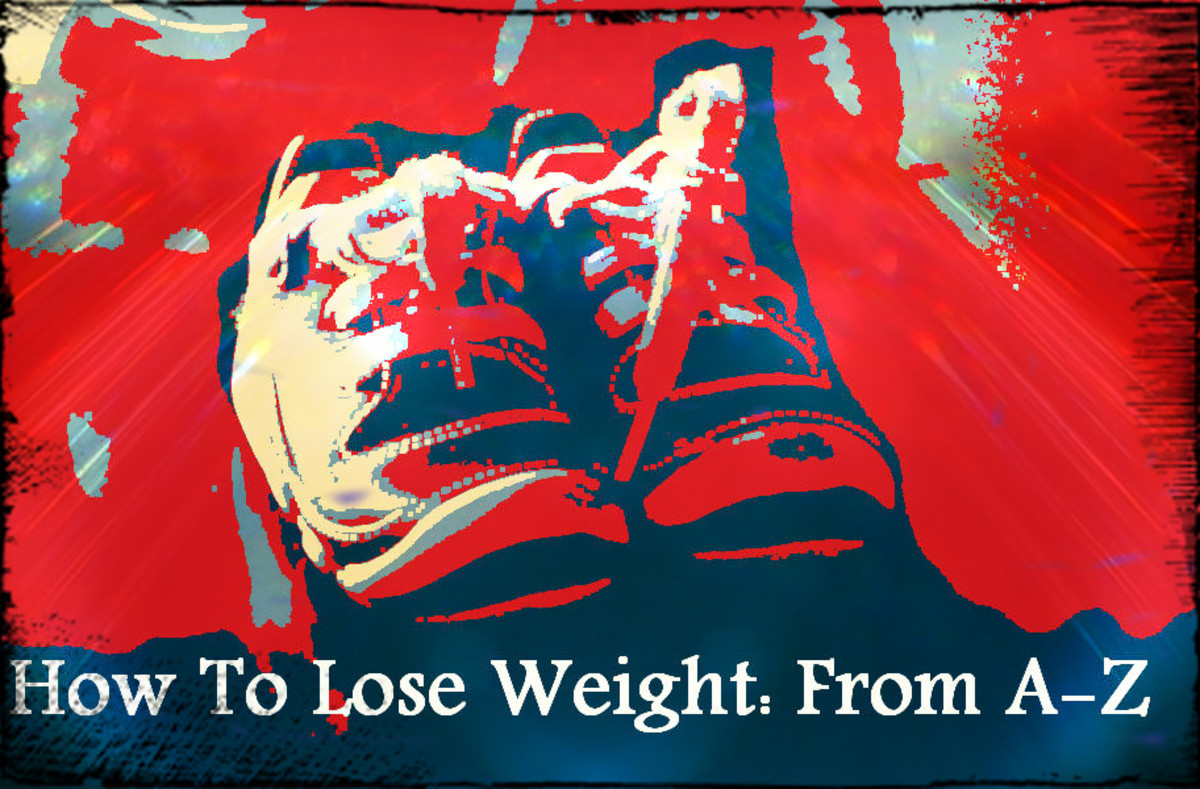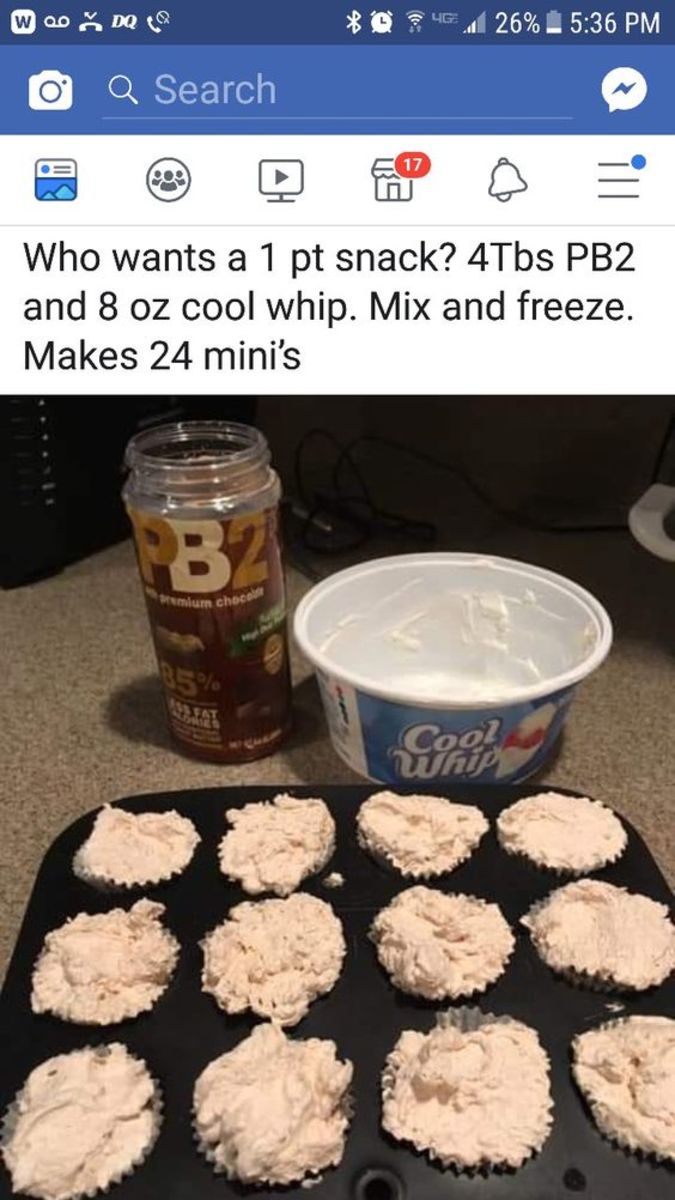Losing Weight and Keeping It Off the Behavior Therapy Way
The only way to lose weight and keep it off is to eat less and move more. However, that is easier said than done. Behavior therapy, therefore, could be the answer to the problem. Among the many techniques used in behavior therapy, self-contracting is the most relevant for losing weight.
Losing weight demands that you recognize that your weight is a problem, make a decision to lose weight, and make a self-contract.
Recognize the Problem and Make a Decision
The first step is to recognize that obesity is a problem, to make a decision to change your eating habits, and to increase your physical activities. Many obese persons rationalize about their weight, saying “it is alright to be overweight” or “not everybody is supposed to be small” or “I’m big, but I am healthy.” Governor Chris Christie, on national television, uttered the later statement. The point is you must come to see that your weight is a problem and then make a decision to lose weight.
Decision-making in behavior therapy involves looking at the negative consequences of not losing weight and, then, clarifying your values. That is, look at the known facts about obesity and determine whether it is more important to you to continue enjoying your present eating habit and your physically inactive lifestyle, or to lose weight and increase the chance of long life. Here are some facts to consider: Medi-Weightloss Clinic website lists ten facts about obesity, of which three are listed below:
-
Blood pressure increases with weight-gain, although the “why” is not known. What is known is that obese persons display an “increase in blood volume and arterial resistance” and that “losing weigh reduces blood pressure.”
-
Obesity is one of the most significant factors that lead to diabetes. It makes cells more resistance to the effect of insulin. Losing weigh decreases the risk.
-
Obesity is a major factor in the development of heart disease, and increases the chance of having a heart attack before age 45. Losing weigh reduces the risk of developing heart disease.
Now answer this question: Which is more important to you? To enjoy the comfort of food and to relax on the sofa, or to live to see your children grow up and get married? If food and sedentary living are more important than the probability of living a long life, you need not continue reading the article.
Make a Behavior Contract
The second step is to develop a behavior contract. By definition, the contract is a written statement of specific behaviors to be performed. It is a self-management tool, an instrument in behavior therapy by which you direct your own behavior change. Its primary purpose is to strengthen your commitment to carry out your goals for changing behavior. The contract should be written with a friend who will support you in the fulfillment of the contract and includes goals, sub-goals, action steps, feedback, and reinforcement, according to Peggy Blake, Robert Frye, and Michael Pejsach in their manual, Self-Assessment and Behavior Change Manual.
Goals. The first part of your contract comprises setting goals. Your goals “should be measurable, attainable, positive, and significant,” Gerald Corey said in his textbook, Theory and Practice of Counseling and Psychotherapy. My story is an example. Weighing 240 pounds, I became aware that I needed to lose weight. At 5 feet and eight inches, my weight should have been 152 to 172, according to a height and weight scale. But that did not sound realistic to me. So, I discussed my weight with my doctor, who recommended that I lose 50 pounds. I knew, as one of my professors at Marshall University said, “We didn’t learn our behaviors overnight and we cannot change them overnight.” So I stated my primary goal: “I will reduce my weight from 240 pounds to 190 pounds in three years.” This goal was measurable, attainable, positive, and significant for me. So, to set your goal, you may go to the internet and pull a “height and weight chart.” You will find many charts which differ slightly, but they will give you some idea of what your weight should be. Or you may do as I did: Ask your doctor.
Sub-goals. The second part of the contract is to develop sub-goals. An example is:
-
I will lose 20 pounds the first year.
-
I will lose 20 pounds the second year.
-
I will lose 10 pounds the third year.
Taking three years to lose 50 pounds allows you to gradually change behavior and, therefore, adjust to the change without being stressed, which undoubtedly will lead to a lifestyle change.
Action Steps. The third part of the contract is to design some action steps. The purpose of action steps is to help you accomplish your goals. In this case, action steps will be in two categories—decreasing food intake and increasing physical activity. Whatever else may be said about weight loss, unless you eat less and move more, you will never be able lose weight and keep it off. Blake, Frye and Pejsach gave some examples of action steps:
- I will write a three-day menu which will contain no more than 1200 calories for each day.
- I will stop eating before I feel full…
- I will eat carrot and celery sticks for snacks.
- I will substitute water for soft drinks.
- When I go to someone’s house for dinner, I will eat half the portion.
These action steps may be helpful, but setting the amount of calories to be consumed daily is problematic, because expending calories depends upon age, sex and, especially, physical activity. If you sleep, lie down, rest, watch television, or study, you will expend approximately one calorie per minute, according to an assessment and calorie expenditure chart in Joanne Ikeda’s book, Change Your Habits to Change Your Shape. If you sew, work on a car, type, play a musical instrument, iron, or do similar standing activities, you will burn about two calories per minute. If you walk two and a half to three miles per hour, shop, do carpentry work, play golf, table tennis, volley ball, wash clothes, or bowl, you will expend two and a half calories per minute. If you walk three and a half to four miles per hour, dance, ride a bicycle, ski, stack boxes, scrub floors, or play tennis, you will expend five and a half calories per minute. If you swim, play basketball, climb, play football, walk uphill while carrying a load, work with a pick or ax, or chop wood, you will expend 10 calories per minute. To figure your calorie intake level, therefore, you will have to chart the time of each level of activity for seven days. After that, you must consider that “approximately 3,500 calories are equal to a pound of body fat, Blake, Frye, and Pejsach said. “If you consume 350 calories more than you expend each day for 10 days, you will gain a pound. The opposite is also true.” You may use this method if you want.
But a simpler plan is to cut food intake (cutting unhealthy foods first) and to increase your physical activity. To set your goals, you need to establish a baseline. To establish the baseline, you will have to monitor your food consumption and physical activity for at least one week and write down the times, the amount and the names of food, and the type and amount of exercise. To chart your food consumption, divide your daily food and drink consumption into six categories: breakfast, morning snacks, lunch, afternoon snacks, dinner, and evening snacks. Under each category, write down everything you eat and drink –by name and amount—for each day for a week. This will give you a baseline. The baseline is your starting point. You start by gradually cutting snacks and gradually cutting your meal portions from the baseline to incremental targets.
Your action steps, therefore, might be:
-
I agree to cut my between-meals snacks from ____ to ____ the first week, from ___ to ___ the second week, from ___ to ___ the third week, and from ___ to ___ the fourth week.
-
I agree, after one month, to eliminate from my pantry between-meal snacks.
-
I agree to decrease my meal portions from ____ to ___ the first week, from ___ to ___ the second week (and so on).
-
I agree, after one month, to set new levels of decrease that will end up with only three balanced meals per day.
-
I agree to exercise 20 minutes each day for three months and increase to 30 minutes for the rest of the year. (A better action step is to go to the YMCA and ask the attendant to help you set an exercise program. But, first, consult your physician).
Feedback. The fourth part of the contract is how to get feedback. Feedback includes monitoring eating and physical activities and reporting to your friend who has agreed to give reinforcement. “Self-monitoring,” wrote Gerald Corey in his book, Theory and Practice of Counseling and Psychotherapy, “consists of observing and recording one’s own behavior.” A logbook is an excellent mechanism for self-monitoring. Your agreements should be something like this:
-
I agree to catalogue or chart everything I eat and drink each day and compare it with my goals, or action steps, and will discuss it with my friend at the end of the week.
-
I will catalogue or chart physical activity each day and compare it with my goals, or action steps, and will discuss it with my friend at the end of the week.
-
I will weigh at the end of each month in the presence of my friend (Note: If you seem to get stuck, don’t worry. Just keep living up to contract goals. You will ultimately lose weight).
-
I will weigh at the end of each of the three years, in the presence of my friend, to ensure that I have met my stipulated weight-loss goals.
Reinforcement. The fifth part of the contract is how to get reinforcement. “The use of reinforcement to change behavior is the cornerstone of modern behavior therapy,” Corey said. “It is important to choose appropriate self-rewards, ones that are personally motivating.” Other psychotherapists suggest that the person who signs your contract, also, gives rewards or reinforcements. The theory is behavior that is reinforced—whether positive or negative—maintains itself. This includes eating and exercising. Examples are:
-
If I achieve my goals each week, I will reward myself (something you want or something you love to do); if I fail, I will sanction myself (take away something dear to me).
-
If I fail or succeed in achieving my weekly goals, my friend who signed this contract, will also sanction or reward me.
Signatures and date. The final part of the contract is signatures and date. Both, you and your friend should sign and date the contract.
This behavior therapy technique—self-contracting—is perhaps one of the best ways to lose weight and keep it off, because it commits you to change your eating and exercising habits, sets goals, outlines action steps, and provides for reinforcement. The three-year timespan will allow your body and mind to adjust to change and will lead to a lifestyle change. This ensures that you will keep the weight off.
So, if you want to lose weight and keep it off, try the behavior therapy way.








